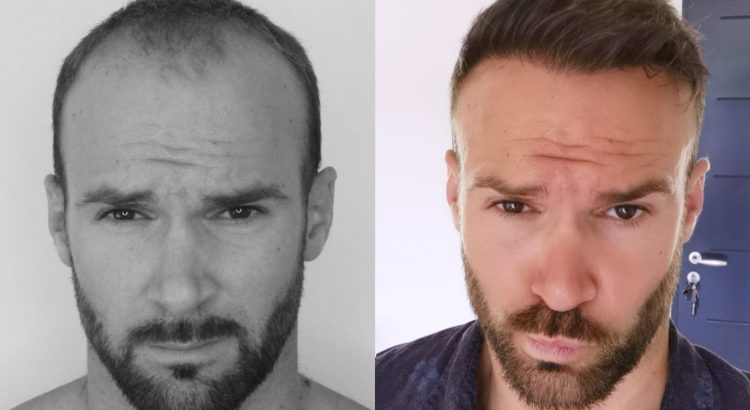Hair transplantation is a popular and effective solution for individuals experiencing hair loss or thinning. However, it is natural to wonder about the duration of this procedure and the factors that influence it. In this blog post, we will delve into the various factors that can affect the duration of hair transplantation. We will also explore different techniques used in this procedure and their respective timeframes. Additionally, we will discuss special considerations for lengthy hair transplant sessions and emphasize the importance of choosing an experienced surgeon to reduce the overall procedure time.
Contents;
Factors That Influence The Duration Of Hair Transplantation
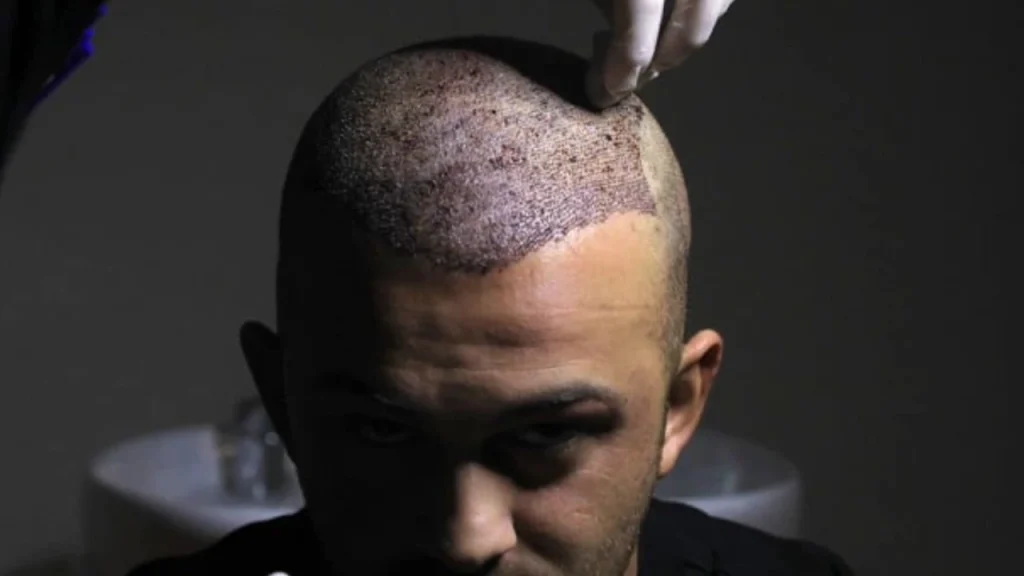
When considering a hair transplant procedure, one of the main questions patients often have is how long the procedure will last. The duration of a hair transplant can vary depending on several factors that are worth considering before going into surgery.
1. Number of grafts: One of the main factors that can influence the duration of a hair transplant procedure is the number of grafts needed. Grafts are the individual hair follicles that are transplanted from the donor area to the recipient area. It should be noted that the more grafts required, the longer the procedure will generally last.
2. Technique used: Another factor that can affect the duration of a hair transplant procedure is the technique used. There are various techniques available, including the FUT (Follicular Unit Transplantation) and the FUE (Follicular Unit Extraction). While both techniques can achieve successful results, the FUE technique typically takes longer as each graft is individually extracted.
3. Surgeon’s experience: The experience and skill of the surgeon also play a significant role in determining the duration of the hair transplant procedure. An experienced surgeon who has performed numerous successful surgeries can efficiently perform the procedure, potentially reducing the overall duration.
4. Patient’s characteristics: The characteristics of the patient, such as the extent of hair loss and the desired outcome, can also influence the duration of the procedure. Patients with more extensive hair loss or those aiming for a higher hair density may require a longer surgery time compared to those with less severe hair loss or a lower density goal.
In conclusion, the duration of a hair transplant procedure can be influenced by various factors, including the number of grafts needed, the technique used, the surgeon’s experience, and the patient’s characteristics. It is essential for patients to have a thorough consultation with their surgeon to determine the expected duration of their specific procedure. Understanding these factors can help patients better prepare for their hair transplant journey.
How Long Does A Typical Hair Transplant Procedure Last?
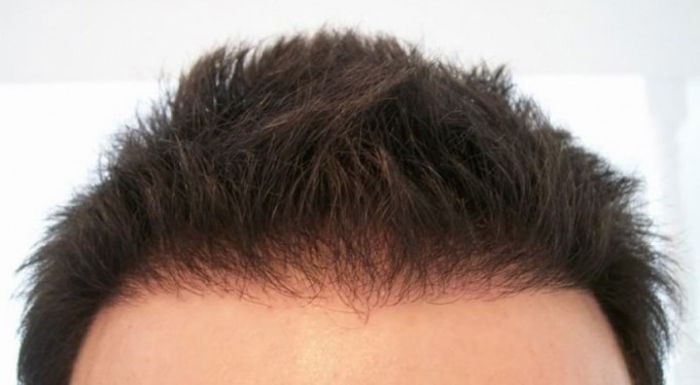
A hair transplant procedure is a surgical technique that involves removing hair follicles from one part of the body, known as the donor site, to a bald or thinning area of the body, called the recipient site. It is a popular solution for individuals experiencing hair loss or baldness and can restore a natural-looking hairline. One common question that arises when considering a hair transplant is, “How long does a typical hair transplant procedure last?”
The duration of a hair transplant procedure can vary depending on several factors. One crucial factor that influences the duration is the number of grafts required. Grafts refer to the individual hair follicles that are transplanted from the donor site to the recipient site. The more grafts required, the longer the procedure is likely to take. Additionally, the skill and experience of the surgeon play a significant role. An experienced surgeon can perform the procedure more efficiently, reducing the time required.
Another factor that affects the duration of the procedure is the technique used. There are different hair transplant techniques available, such as Follicular Unit Extraction (FUE) and Follicular Unit Transplantation (FUT). FUE involves removing individual hair follicles directly from the donor site, while FUT involves removing a strip of skin containing hair follicles. Generally, FUE procedures take longer to perform compared to FUT procedures.
- Special considerations for lengthy hair transplant sessions:
In some cases, individuals may require a large number of grafts or have complex hair loss patterns, resulting in lengthy hair transplant sessions. In such situations, special considerations need to be taken into account. It is essential for both the patient and the surgeon to be prepared for the extended duration of the procedure. The surgeon must ensure they have a well-trained team to assist in the process, as this can help expedite the procedure.
Additionally, patients undergoing lengthy hair transplant sessions should be aware of the potential fatigue that can arise during the procedure. It is important to communicate any discomfort or fatigue to the surgeon to ensure appropriate breaks are taken. Adequate rest and hydration before the procedure can also contribute to a more comfortable experience during a lengthy session.
| The Importance of an Experienced Surgeon in Reducing Procedure Time |
|---|
| As mentioned earlier, the skill and experience of the surgeon have a significant impact on the duration of a hair transplant procedure. An experienced surgeon is well-versed in the techniques and can execute them efficiently. They can accurately assess the donor site and determine the number of grafts required, streamlining the process. With their expertise, an experienced surgeon can minimize any complications or errors, ensuring a smoother and faster procedure overall. |
In conclusion, the duration of a hair transplant procedure depends on various factors including the number of grafts, the technique used, and the surgeon’s experience. While the length of the procedure can vary, it is important to consult with a qualified hair transplant specialist to determine the estimated duration based on individual circumstances. By understanding the factors that influence the duration, individuals can make informed decisions and have realistic expectations regarding the length of a hair transplant procedure.
Exploring Different Hair Transplant Techniques And Their Timeframes
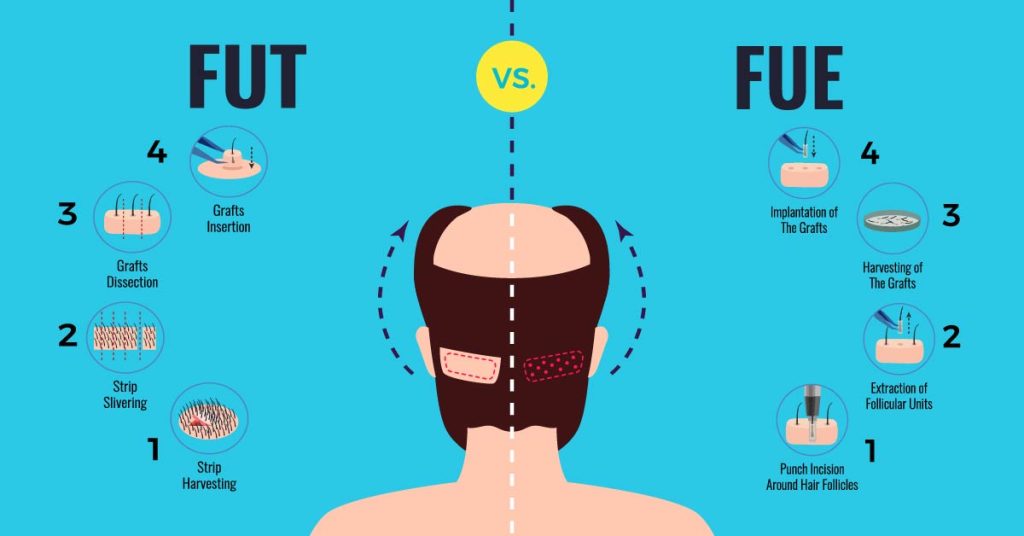
When considering a hair transplant, one of the most important factors to consider is the duration of the procedure. Understanding the different techniques used in hair transplantation and their respective timeframes can help you make an informed decision about which method is best suited for you.
One of the most common techniques used in hair transplantation is follicular unit transplantation (FUT). This technique involves removing a strip of scalp from the donor area and then dissecting it into individual hair grafts. The duration of an FUT procedure can vary depending on the number of grafts being transplanted, but typically it can last anywhere from four to eight hours.
Another popular technique is follicular unit extraction (FUE). This method involves extracting individual hair grafts directly from the donor area using a small punch tool. FUE procedures can take longer than FUT procedures, as each graft needs to be carefully extracted one by one. Depending on the number of grafts required, FUE procedures can range from six to twelve hours in duration.
- It is worth mentioning that robotic hair transplantation, a newer technique in the field, can also impact the duration of the procedure. With robotic assistance, the process of graft extraction and implantation is automated, allowing for increased efficiency and precision. Robotic hair transplant procedures typically require less time compared to traditional FUT and FUE methods, often ranging from four to six hours.
- When choosing a hair transplant technique, it is important to consider not only the duration of the procedure but also the skill and experience of the surgeon. A surgeon who is experienced and proficient in a particular technique will be able to perform the procedure more efficiently and effectively, potentially reducing the overall duration of the surgery.
| Technique | Duration |
|---|---|
| Follicular Unit Transplantation (FUT) | 4-8 hours |
| Follicular Unit Extraction (FUE) | 6-12 hours |
| Robotic Hair Transplantation | 4-6 hours |
Special Considerations For Lengthy Hair Transplant Sessions

When it comes to hair transplantation, the duration of the procedure can vary depending on various factors. Longer sessions are often required for individuals who need extensive hair restoration or have more advanced hair loss. These lengthier sessions may pose additional challenges and considerations for both the patient and the surgeon.
One of the key factors that influence the duration of a hair transplant session is the number of grafts that need to be transplanted. Grafts are the individual hair follicles that are harvested from the donor area and implanted into the recipient area. The more grafts required, the longer the procedure is likely to take. Additionally, the complexity of the case, such as addressing specific hairline design or scar revision, may also contribute to the length of the session.
In lengthy hair transplant sessions, the surgeon must take special considerations to ensure the safety and comfort of the patient. Prolonged periods of sitting or lying in one position can be tiring for the patient, so regular breaks may be necessary. It is crucial to maintain proper blood flow and avoid any discomfort or complications that may occur due to extended periods of anesthesia. The surgeon and their team must also be well-prepared with all the necessary equipment, ensuring efficient and smooth execution of the transplantation procedure.
- Table: Factors affecting the duration of hair transplantation
| Factors | Description |
|---|---|
| Number of grafts | The more grafts required, the longer the session |
| Complexity of the case | Addressing specific hairline design or scar revision may add to the duration |
| Patient breaks | Regular breaks during the lengthy session to ensure patient comfort |
| Anesthesia | Avoid complications due to extended periods of anesthesia |
| Surgeon’s preparedness | Having all necessary equipment ready for efficient execution |
It is important for patients undergoing lengthy hair transplant sessions to be aware of the potential duration and any special considerations. Proper communication with the surgeon and understanding the process beforehand can help manage expectations. Consulting with an experienced and skilled surgeon is crucial, as their expertise can significantly reduce the procedure time and ensure optimal results.
In conclusion, lengthy hair transplant sessions require special considerations to guarantee the safety and comfort of the patient. Factors such as the number of grafts, complexity of the case, patient breaks, anesthesia, and the surgeon’s preparedness all play a role in the duration of the procedure. By addressing these factors and collaborating with an experienced surgeon, patients can have a successful and efficient hair transplantation experience.
The Importance Of An Experienced Surgeon In Reducing Procedure Time
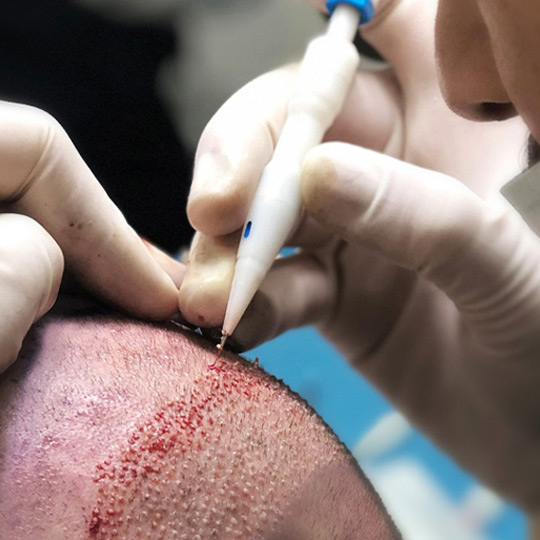
An experienced surgeon plays a crucial role in reducing the duration of a hair transplantation procedure. Hair transplantation is a surgical procedure that involves removing hair follicles from one part of the body, known as the donor area, and transplanting them into bald or thinning areas, known as the recipient area. The success and efficiency of the procedure greatly depend on the skills and expertise of the surgeon performing it.
An experienced surgeon is well-versed in the various techniques and latest advancements in hair transplantation, allowing them to execute the procedure in a precise and efficient manner. They have gained extensive knowledge and expertise through years of practice and conducting numerous hair transplantation surgeries. As a result, they are able to minimize the time required for each step of the procedure, ultimately reducing the overall duration.
Additionally, an experienced surgeon is able to accurately assess the needs and expectations of each patient. They can develop a customized treatment plan that takes into account factors such as the extent of the hair loss, the density of the donor area, and the desired outcome. This thorough evaluation enables them to streamline the procedure, focusing only on the areas that require transplantation and avoiding unnecessary steps that could prolong the duration.
- Factors That Influence The Duration Of Hair Transplantation: There are various factors that can influence the duration of a hair transplantation procedure. These include the number of grafts to be transplanted, the technique used (such as Follicular Unit Extraction or Follicular Unit Transplantation), the complexity of the case, and the skill and experience of the surgeon.
- How Long Does A Typical Hair Transplant Procedure Last? The duration of a typical hair transplant procedure can vary depending on the factors mentioned above. On average, a procedure can last anywhere from 4 to 8 hours. However, with an experienced surgeon, the duration can be significantly reduced.
- Exploring Different Hair Transplant Techniques And Their Timeframes: There are different techniques used in hair transplantation, each with its own timeframe. For example, Follicular Unit Extraction (FUE) typically takes longer than Follicular Unit Transplantation (FUT). An experienced surgeon can choose the most suitable technique for each patient, considering factors such as the desired outcome and the availability and quality of donor hair.
| Procedure Steps | Duration |
|---|---|
| Donor area preparation and anesthesia | 30 minutes – 1 hour |
| Graft extraction/transplantation | 2 – 5 hours |
| Recipient area preparation and anesthesia | 30 minutes – 1 hour |
| Graft placement | 1 – 3 hours |
| Post-procedure instructions and care | 30 minutes – 1 hour |
In conclusion, the importance of an experienced surgeon in reducing the duration of a hair transplantation procedure cannot be overstated. Their expertise allows them to perform the procedure efficiently, minimizing the time required for each step. By choosing an experienced surgeon, patients can not only achieve successful outcomes but also experience a shorter and more comfortable procedure.
Please Check Hair Transplant Categories
All Details of Hair Transplantation
Hair Transplantation FAQs: Everything You Need to Know
The Benefits of Hair Transplantation
The Most Effective Treatments for Androgenetic Alopecia
